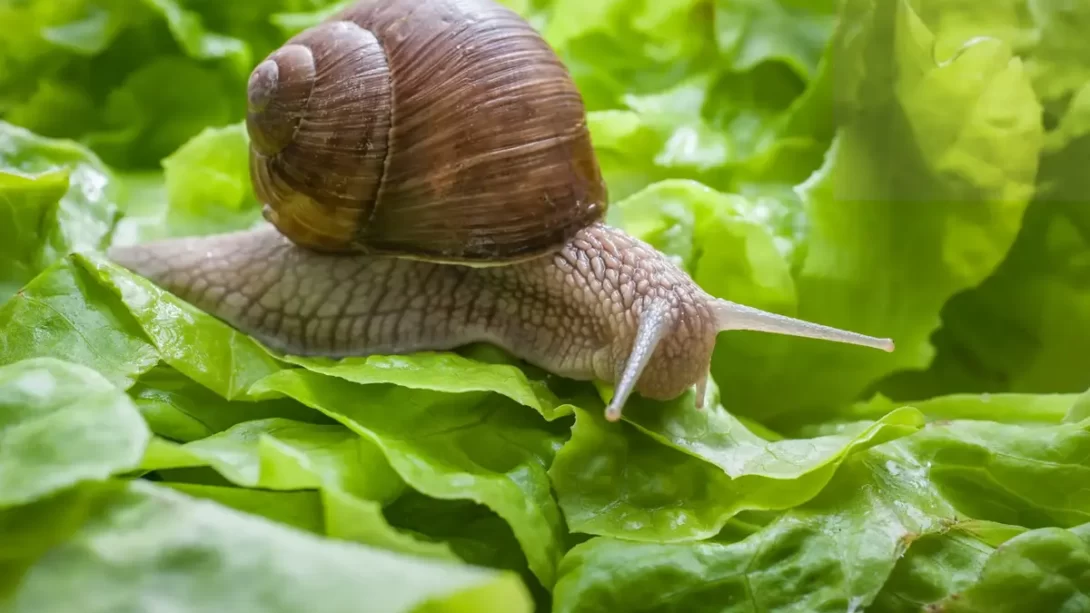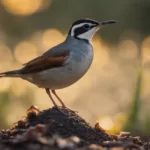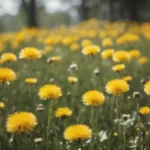Lettuce, a staple in many gardens due to its ease of cultivation and nutritional value, often attracts a variety of animals. Understanding which creatures are likely to visit your garden for a lettuce snack can help in managing your garden effectively. This article explores the range of animals, from wildlife to domestic pets, that are known to eat lettuce, providing insights into their dietary habits and the reasons behind their attraction to this leafy green.
Common Wildlife That Eat Lettuce
Among the wildlife, several animals are particularly fond of lettuce. Rabbits are perhaps the most well-known lettuce lovers. These small mammals are attracted to the soft leaves of lettuce, often consuming large quantities if given access to a garden. Deer are another common visitor, particularly in suburban areas where their natural habitat overlaps with human settlements. Deer tend to eat lettuce leaves, leaving behind a tell-tale sign of their visit with their distinct hoof prints and nibbled leaves. Groundhogs or woodchucks also have a taste for lettuce and can be a nuisance in gardens, eating not just the leaves but sometimes uprooting the entire plant.
Domesticated Animals and Lettuce
In addition to wildlife, several domesticated animals enjoy lettuce. Pet rabbits are known to relish lettuce, especially varieties like Romaine and Butterhead. It’s a healthy part of their diet, but it should be given in moderation to avoid digestive issues. Guinea pigs also enjoy lettuce as part of a balanced diet. For reptile pets like tortoises, lettuce can be a hydrating food source, although it should be supplemented with other vegetables and food items for a well-rounded diet.
Insects and Smaller Creatures That Feed on Lettuce
A variety of smaller creatures find lettuce to be an appealing meal. Slugs and snails are common culprits in lettuce damage, especially during damp conditions. They leave behind a distinctive trail of slime and irregular holes in the leaves. Caterpillars, particularly those of butterflies and moths, can also be found munching on lettuce leaves, often causing significant damage due to their voracious appetite. Aphids, tiny insects that cluster on the undersides of leaves, feed on lettuce sap and can weaken the plants.
Impact and Control Measures
The impact of these smaller creatures on lettuce plants can range from minor nibbling to complete destruction of the plant. Gardeners can implement several control measures to protect their lettuce. Physical barriers like copper tape for slugs and floating row covers for caterpillars can be effective. Encouraging natural predators of these pests, such as ladybugs for aphids, is an eco-friendly control method. In severe cases, the use of organic or chemical pesticides may be necessary, though it’s important to consider the impact on the broader ecosystem and food safety.
Birds That Enjoy Lettuce
Certain bird species may also be attracted to lettuce in gardens. While birds are less likely to eat lettuce leaves, they may peck at them, especially if water sources are scarce, as lettuce provides moisture. Some birds might also use the soft leaves for nesting material. The presence of birds in the garden can be a mixed blessing, as they help control insects like aphids but can also cause damage to the plants.
Preventive Measures for Lettuce in Gardens
To safeguard lettuce plants from unwanted bird attention, gardeners can use netting to cover their plants, protecting them from being pecked. Providing alternative water sources in the garden can also deter birds from pecking at the lettuce for moisture. It’s important to balance the desire to protect lettuce with the ecological benefits of having birds in the garden.
Protective Measures for Lettuce in Gardens
Protecting lettuce from the diverse array of animals that find it appetizing requires a multifaceted approach. For larger wildlife like deer and rabbits, fencing is an effective deterrent. A fence that is tall enough to prevent deer from jumping over and secured at the base can discourage rabbits from digging underneath. For burrowing animals like groundhogs, installing a wire mesh below the surface around the garden can provide additional protection.
Using natural repellents is another strategy. Spraying a mixture of water and a deterrent, such as garlic or pepper spray, can make lettuce less appealing to these animals. However, these need to be reapplied regularly, especially after rain.
Safer Plant Alternatives for Homes with Cats
In some cases, gardeners might consider planting alternative crops that are less attractive to common garden pests. Plants like onions, garlic, and herbs are generally less appealing to rabbits and deer. Incorporating these plants around the perimeter of your garden can act as a natural barrier.
Conclusion
Lettuce, with its tender and nutritious leaves, is a magnet for a variety of animals, from domesticated pets like rabbits and guinea pigs to wildlife such as deer, rabbits, and groundhogs, as well as smaller creatures like slugs, snails, and caterpillars. Even birds may interact with lettuce plants in the garden. Understanding which animals are likely to be attracted to lettuce can help gardeners take appropriate measures to protect their plants.
By employing strategies like fencing, natural repellents, and companion planting, as well as considering the use of alternative, less attractive plants, gardeners can successfully cultivate lettuce without losing it to local fauna. Balancing the need to protect lettuce with the desire to maintain a wildlife-friendly garden is key to a harmonious and productive gardening experience.




